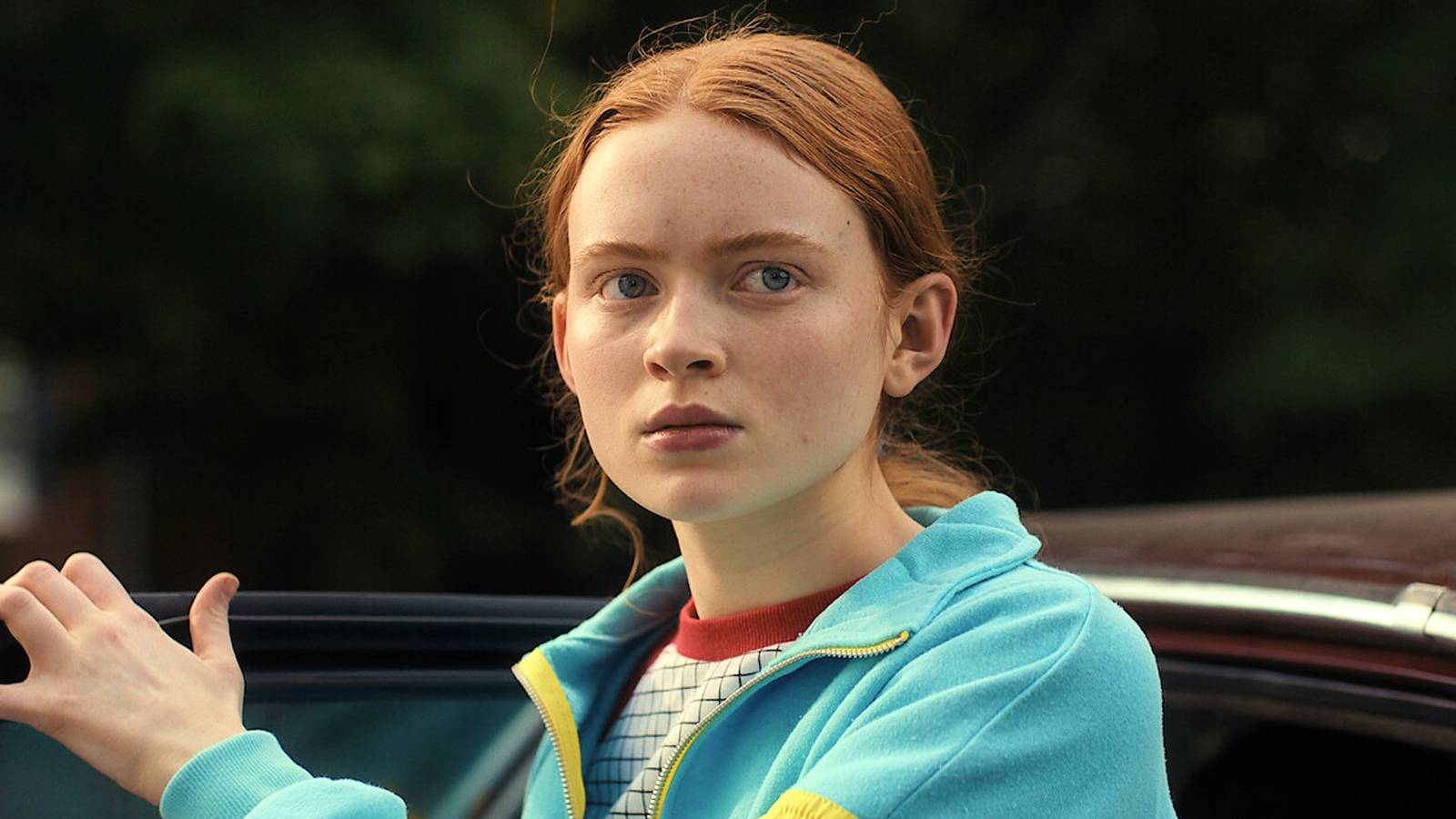The Confidential File: A Timeline of the End
Listen up. You think you know what’s coming. You’ve seen the trailers, you’ve read the saccharine interviews where everyone talks about how much they’ll miss each other, how it’s all one big family. That’s the story they’re selling. It’s not the one I’m hearing. I’ve been digging, talking to people on the inside—the ones who aren’t allowed to speak to Collider or Variety. What I’ve pieced together isn’t a happy family reunion; it’s the story of a high-stakes corporate gamble colliding with artistic exhaustion. This is the timeline they don’t want you to see.
Phase 1: The Fortress of Secrecy (Pre-Production)
- The Script Lockdown: Forget Fort Knox. Sources tell me the scripts for Season 5 were treated like nuclear codes, delivered on iPads that would digitally self-destruct after a certain time, with NDAs so thick they could stop a bullet. The Duffer Brothers, now titans of the industry, were reportedly in a creative bunker for months, wrestling with the impossible task of satisfying a decade of fan theories, studio notes, and their own artistic vision which, I’m told, was becoming increasingly divergent from what Netflix, the monolithic content factory, actually wanted from its golden goose. Pressure.
- The First Read-Through: The official story? Tears and hugs. The whispers I hear? Palpable tension. You bring a cast together that has literally grown up on screen, some now legitimate movie stars (looking at you, Finn and Sadie), others still intrinsically tied to their characters, and you hand them their final chapter. Some were thrilled. Others, I’m told, were quietly devastated by their arcs. The quote about everyone feeling like an ‘outcast’ wasn’t just fluff for an interview; it was the mood in that room. You had actors who felt their characters were being sidelined for the bigger, more explosive set pieces Netflix demanded. They were all outcasts in a story that wasn’t entirely theirs anymore.
- The Budget Wars: The numbers being thrown around were astronomical, allegedly causing a cold war between the Duffers’ creative team and Netflix’s finance department. Every monster, every explosion, every 80s needle drop was a multi-million dollar negotiation. Netflix wanted a ‘Game of Thrones’ level event, but sources say the Duffers were pushing for more quiet, character-driven moments, leading to a fundamental clash over the season’s very soul. Was this a character story or a CGI spectacle? The answer, as always, was ‘yes’, and that compromise satisfied no one.
Phase 2: The Emotional Grinder (Production)
This is where things really started to fray. The shoot was long, grueling, and emotionally draining. You can see it in the actors’ faces if you look past the PR training.
The Cracks Begin to Show
- Winona’s Burden: That interview where Winona Ryder gets ‘candid’ about saying goodbye? That wasn’t just an act. My sources say her emotional connection to the show, particularly to the younger cast she’s mentored, made the final scenes torturous. She was the emotional anchor, and that anchor was being weighed down by the sheer finality of it all. Every day was another goodbye, another ‘last time’ on a familiar set. It took a visible toll. They were filming endings for months. Imagine that.
- Sadie’s ‘Surprise’ Moment: Sadie Sink mentions a finale moment that ‘snuck up on her’. Let me tell you, nothing ‘snuck up’ on anyone. The emotional intensity of Max’s storyline, especially after Season 4, was a constant cloud over the set. The moment she’s talking about was likely the culmination of weeks of living in that dark, traumatic headspace. An insider described it as less of a surprise and more of an ‘inevitable emotional collapse’ that the crew was prepared for. It wasn’t unexpected; it was the bill coming due for that level of method acting. It’s brutal.
- The ‘SCRAPE_FAILED’ Clue: The partial data I intercepted… ‘everybody sort of feels like they’re kind of an outcast – and I think this show is about bringing people | SCRAPE_FAILED | …look back on their first rea’. The missing piece is the key. My contact hints that the full quote was about how the show was supposed to bring people together, *but the production itself was driving them apart*. The pressures of fame, differing career trajectories, and creative exhaustion were creating cliques. The ‘band nerds’ and the ‘popular dudes’ weren’t just on screen anymore. They were real. They tried to scrub that from the interview transcript. Why? Because it ruins the ‘happy family’ myth.
Phase 3: The PR Offensive (Spin Control)
As production wrapped, the next phase began: controlling the narrative. Every interview, every soundbite you’re seeing now is meticulously planned. A pre-emptive strike against leaks and negative buzz.
Manufacturing the Goodbye
- The Unified Front: Look at the interview with Heaton, Keery, Hawke, and Dyer. They’re pros. They give you anecdotes, they laugh, they talk about the ‘bittersweet’ feeling. It’s a performance. They are selling you a satisfying conclusion. But what they can’t say is how contentious the debates were over the Steve/Nancy/Jonathan love triangle, which I’m told was a major point of conflict in the writers’ room and led to significant rewrites. They’re selling you a neat little bow, but the reality was a tangled knot.
- The Kids Are Alright… Right?: The younger cast interview with Wolfhard, Sink, Matarazzo, and McLaughlin is even more telling. They’re looking back on their ‘first read’. It’s nostalgia as a marketing tool. It’s designed to make you feel warm and fuzzy, to remind you of the journey. But it also papers over the reality that these aren’t kids anymore. They are young adults with agents, lawyers, and burgeoning careers who, frankly, are probably desperate to escape the roles that have defined their entire lives. Finn Wolfhard has been trying to launch his directing and music career for years. This isn’t just an ending; it’s a prison break for some of them.
Phase 4: The Secret Panic (Post-Production & Reshoots)
Here’s the part they will deny until their dying day. The first assembly cut wasn’t landing.
Whispers of a Flawed Finale
- Test Screening Trouble: I’m hearing whispers of very small, very secret test screenings for Netflix executives and select focus groups. The feedback? The ending was perceived as either too ambiguous, too dark, or—worst of all for a show built on emotional payoffs—*unsatisfying*. Panic. Pure, unadulterated panic at the highest levels of Netflix. You do not spend half a billion dollars on a season of television for an unsatisfying ending. Not after what happened with other big-name shows.
- The Reshoots: This is why there was a period of bizarre radio silence a few months back. They were doing reshoots. Significant ones. They weren’t just picking up minor shots; they were re-engineering key character moments, particularly in the final episode. My source says at least two major character fates were altered after the initial cut failed to resonate. Think about that. The ending you’re going to see isn’t the one the Duffers originally wrote; it’s the one a focus group and a boardroom of terrified executives signed off on.
So when you finally sit down to watch, remember this timeline. Look past the polish. See the exhaustion in Winona’s eyes, hear the carefully chosen words from Sadie, and question the unified front of the cast. You’re not just watching the end of a story. You’re watching the multi-billion-dollar result of a decade of immense pressure, creative conflict, and a last-minute scramble to stick the landing. It might be great. It might be a train wreck. But whatever it is, it’s not the simple, happy family story they’re selling you. Not even close.


